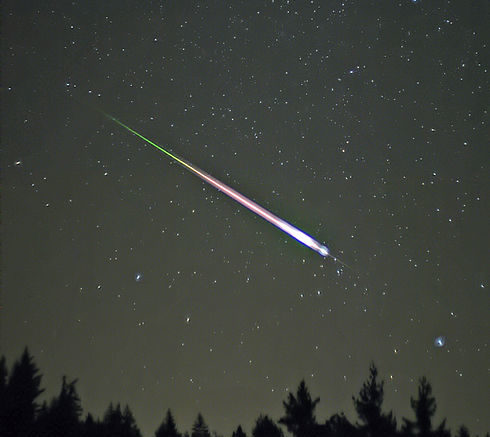Leonids Quick Facts
Leonids Meteor Shower Dates: November 6-30
Peak Dates: Mid November
Peak Meteor Showers: 15 under perfect conditions*
Best Viewing Times: At night after midnight
Originating Constellation: Leo
Summary
The Leonids Meteor Shower are a prolific meteor shower associated with the comet Tempel–Tuttle. The meteor shower peaks in the month of November, running annually from November 6th to 30th. Most years will see the Leonids as an average shower, producing up to 15 meteors per hour at its peak. What makes this meteor shower special is that every 33 years, the Leonids will provide an absolutely spectacular meteor shower. Every 33 years, the metoer shower will produce hundreds of visible meteors. The last time that the Leonids exploded with a spectacular meteor shower was in 2001.
The Leonids get their name from the location of their radiant in the constellation Leo: as the meteors appear to radiate from that point in the sky. The proper Greek name for the shower should be Leontids, but the word was initially constructed as a Greek and Latin hybrid and it has been used since.
The moon could block many of the fainter meteors on any given year, but if if patient observers should be able to catch quite a few of the brightest ones. In those cases. the best viewing will be from a dark location after midnight. Meteors will radiate from the constellation Leo, but can appear anywhere in the sky.
Larger meteors from the Leonids metoer shower are about 10 millimeters across, with the larger ones having a mass of half a gram and are known for bright meteors. The magnitude of these meteors is 1.5. An annual Leonid shower may deposit 12 or 13 tons of particles across the entire planet.
References
https://www.space.com/23296-leonid-meteor-shower.html

Be the first to comment on "Leonids Meteor Shower"